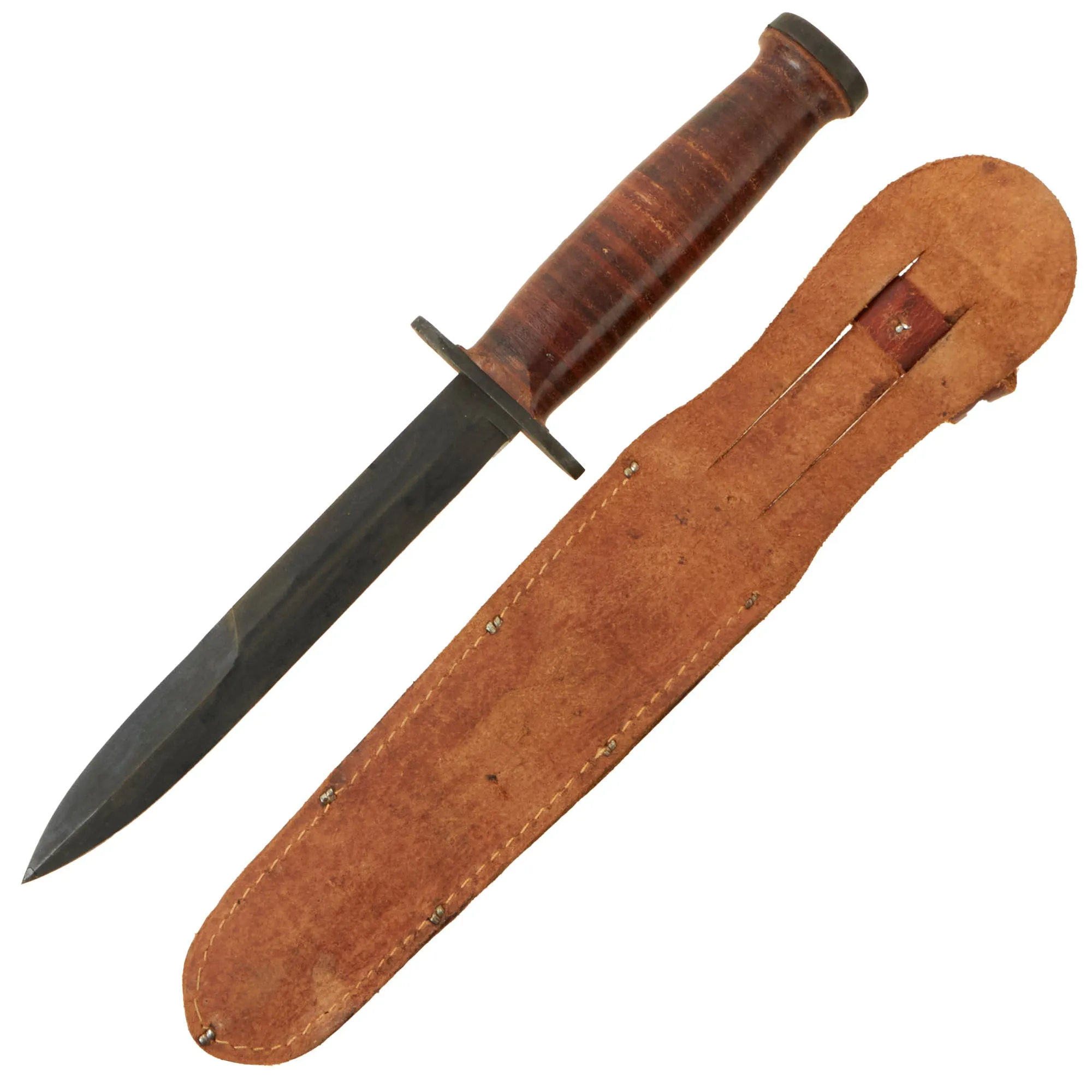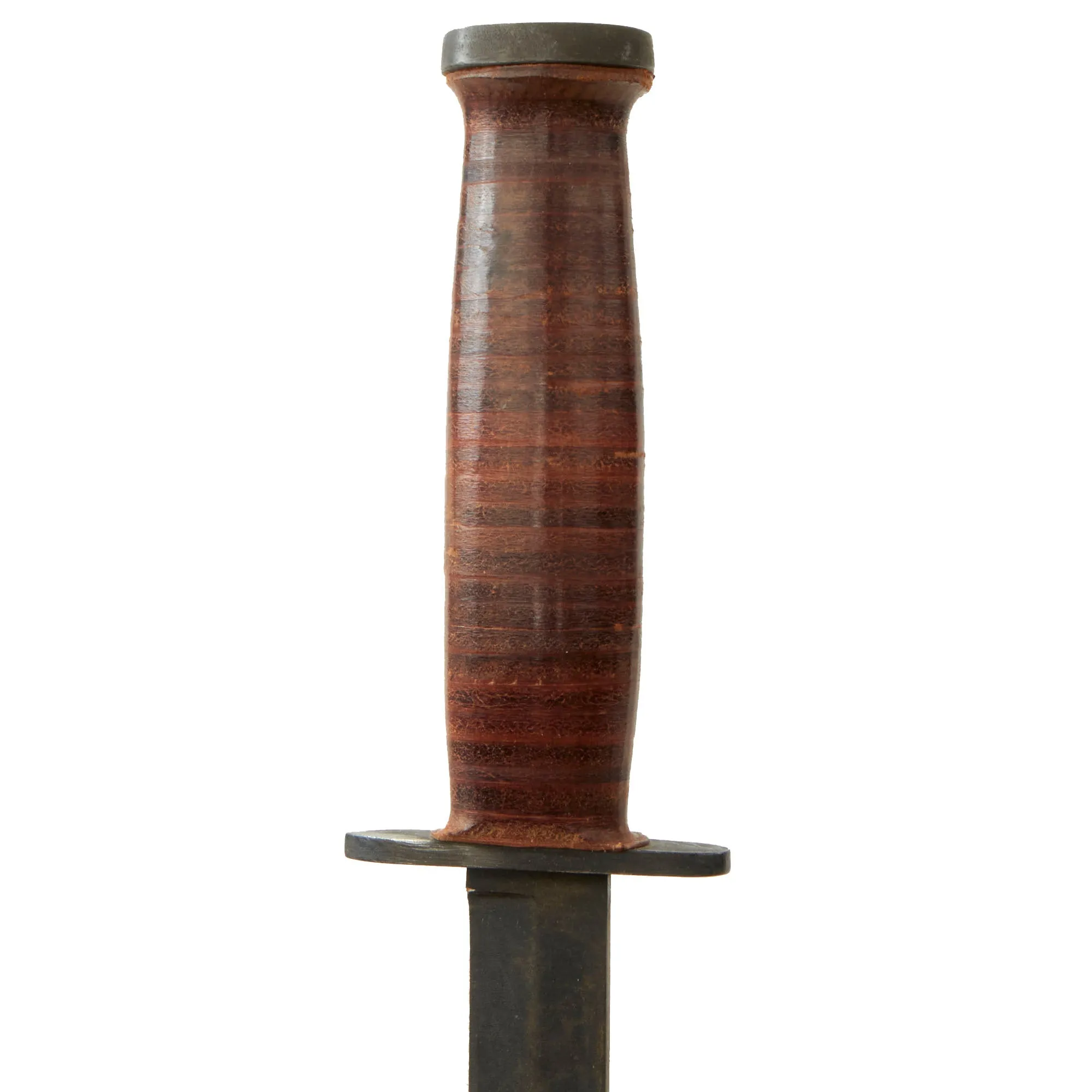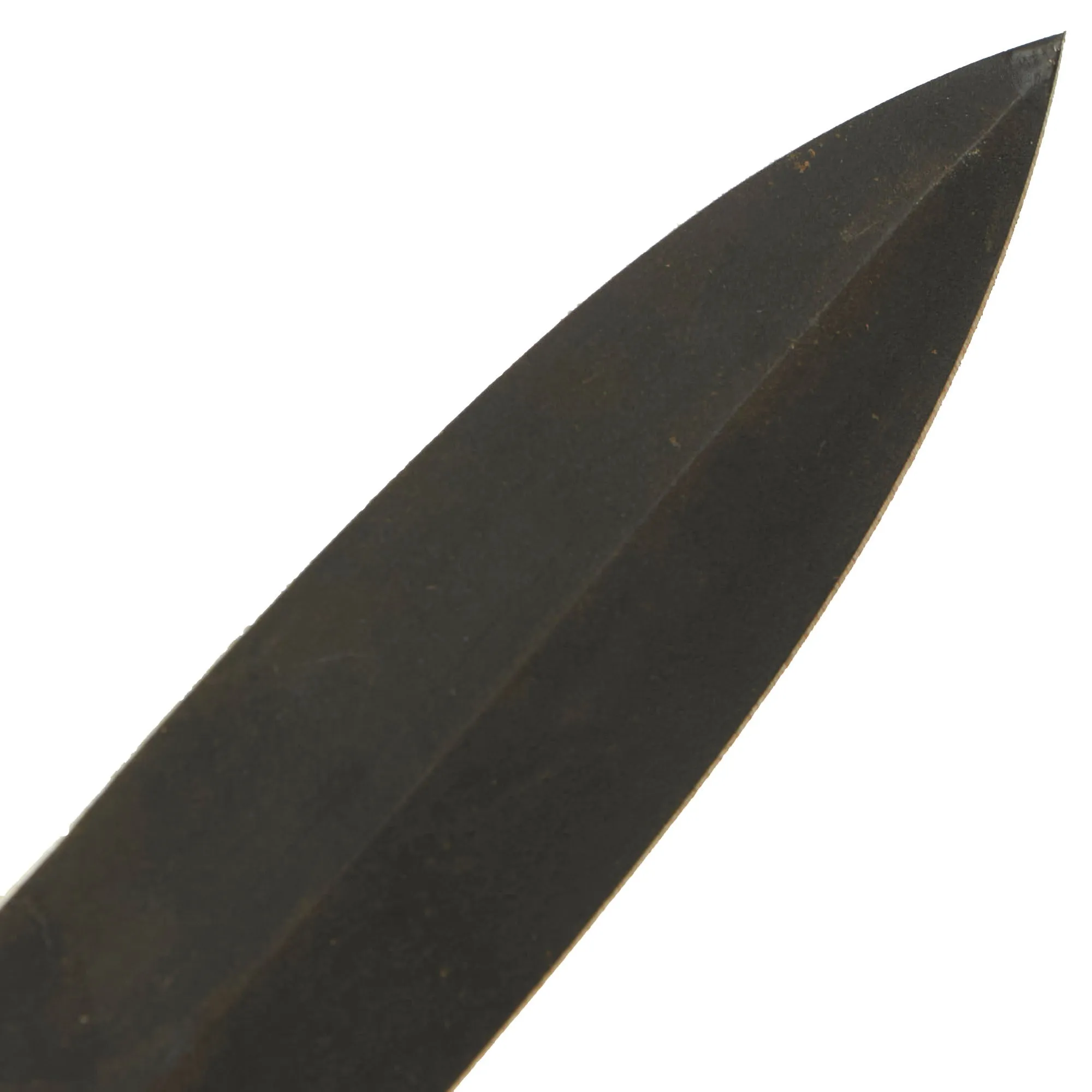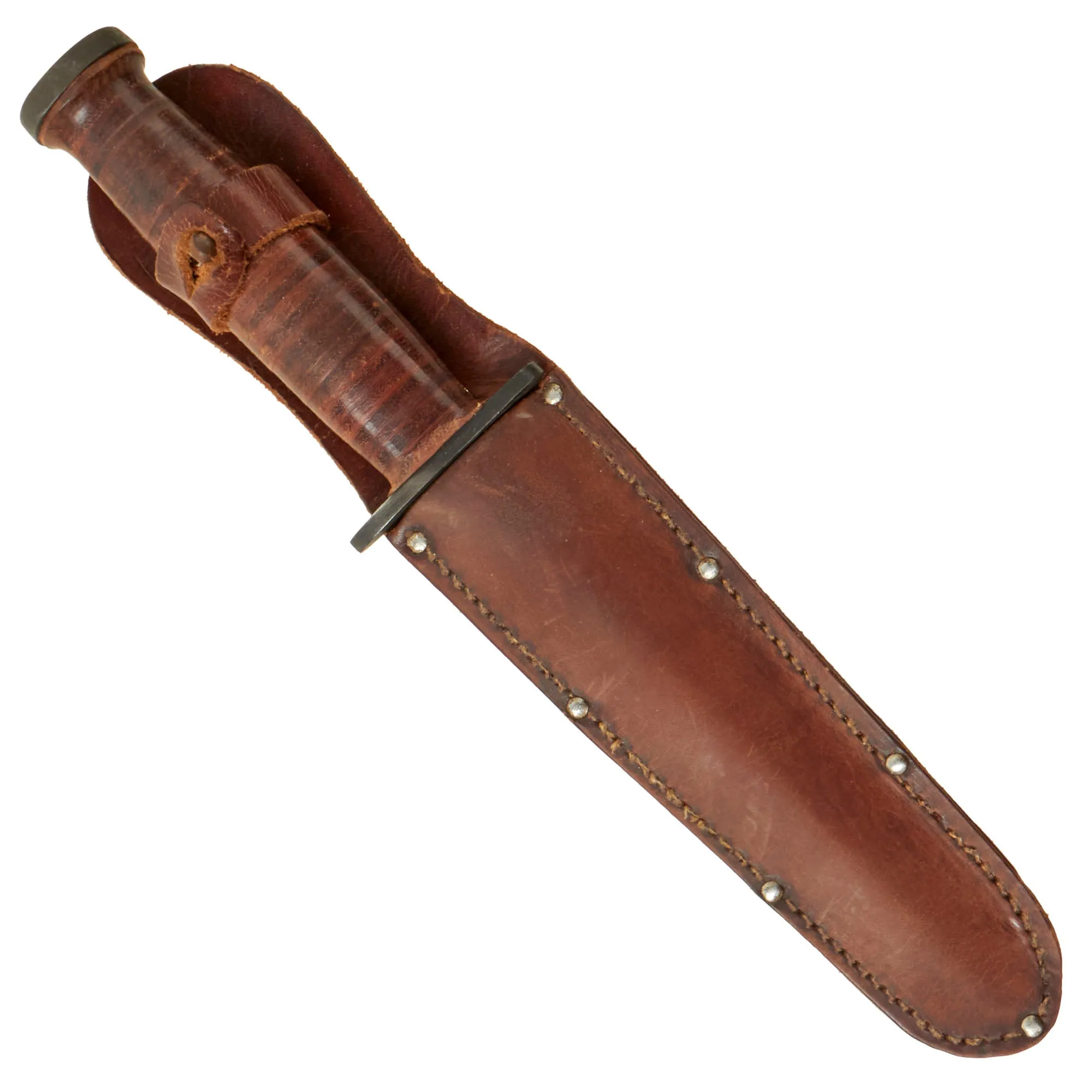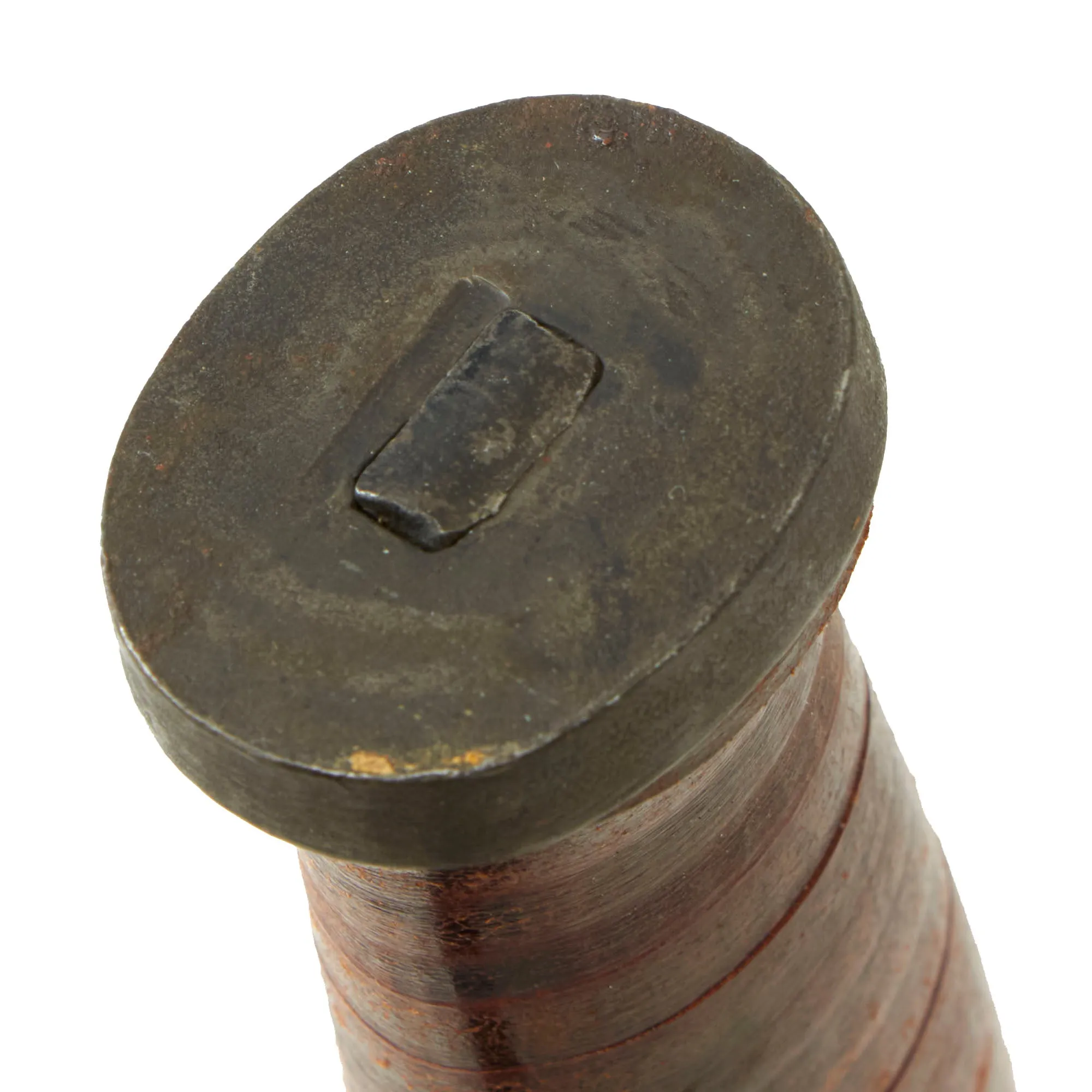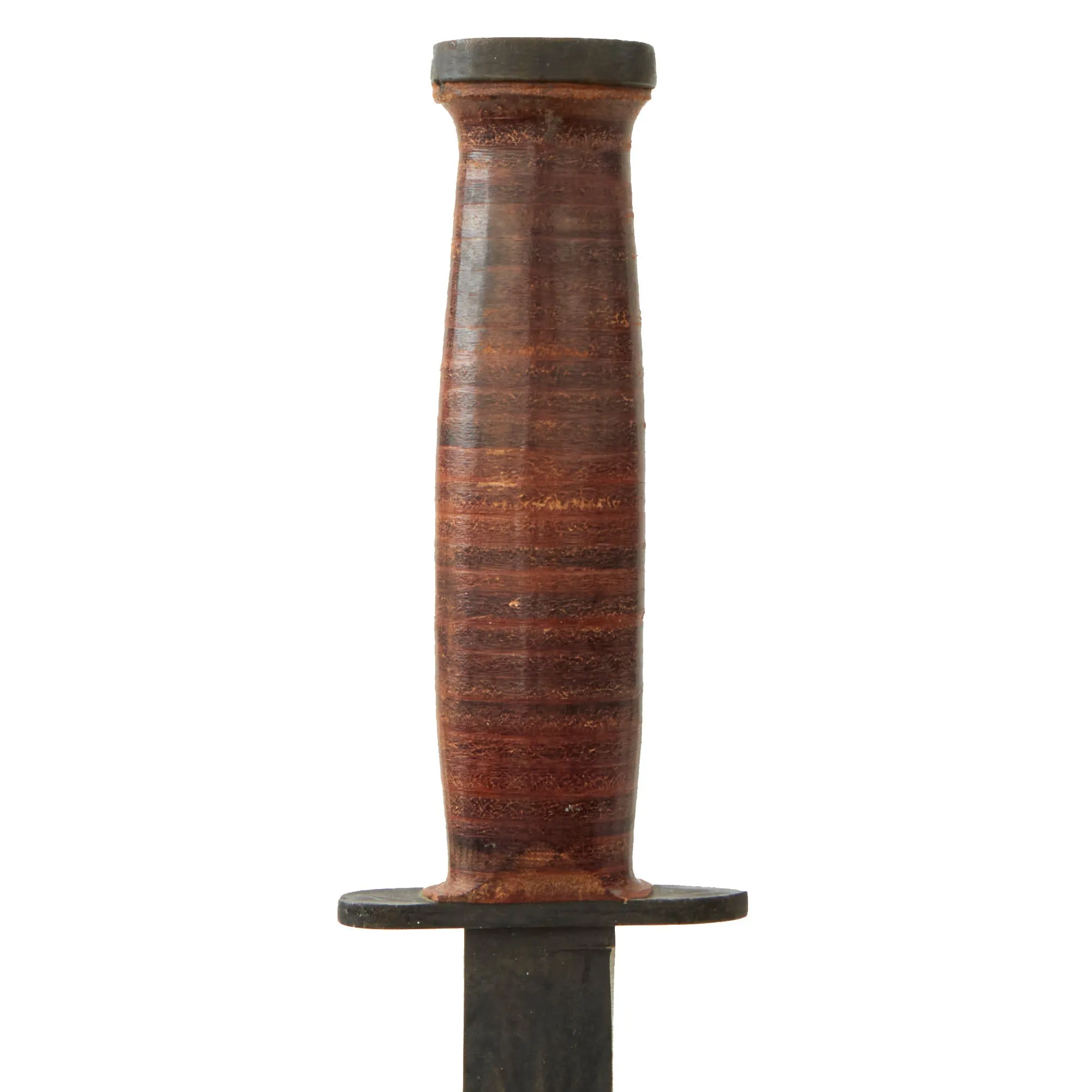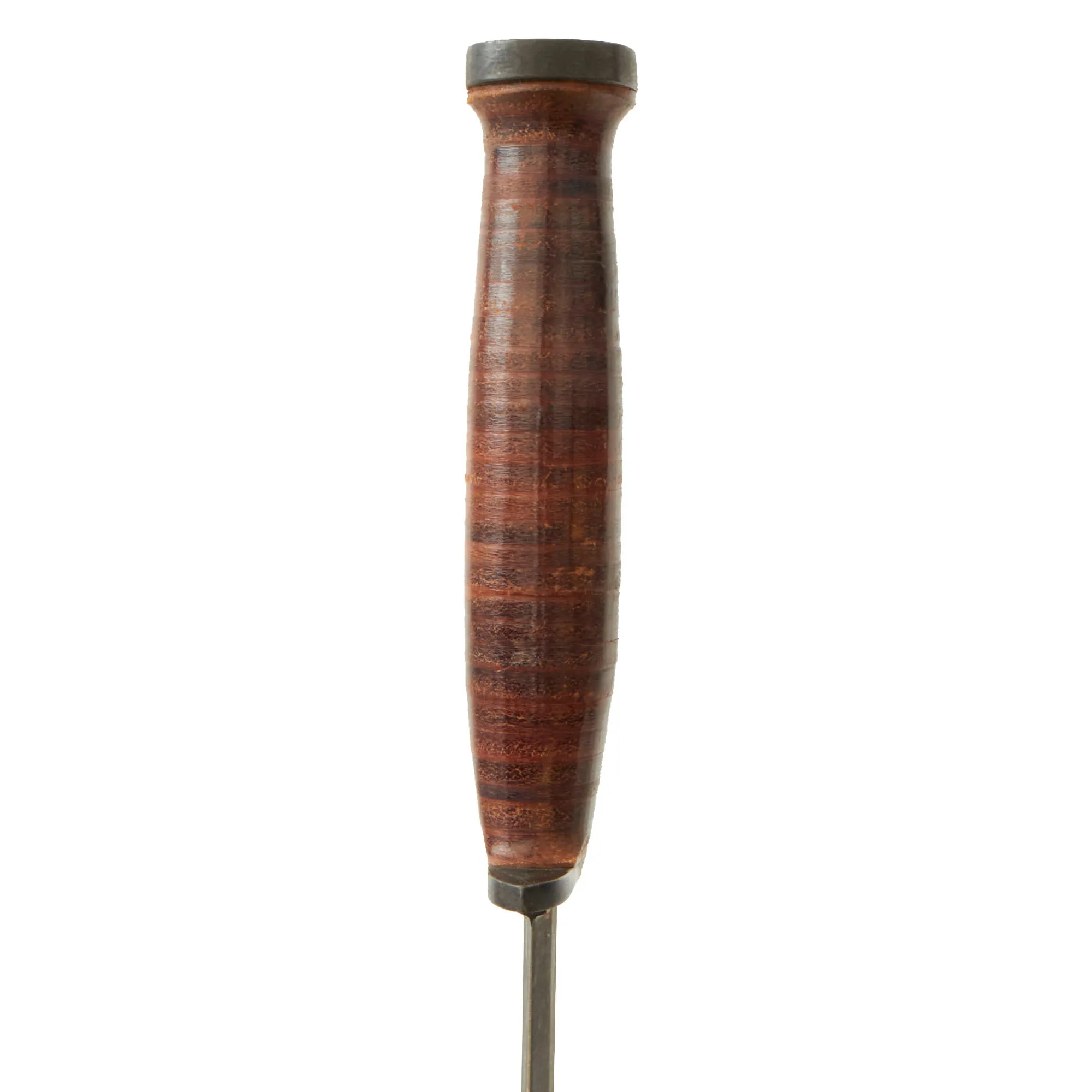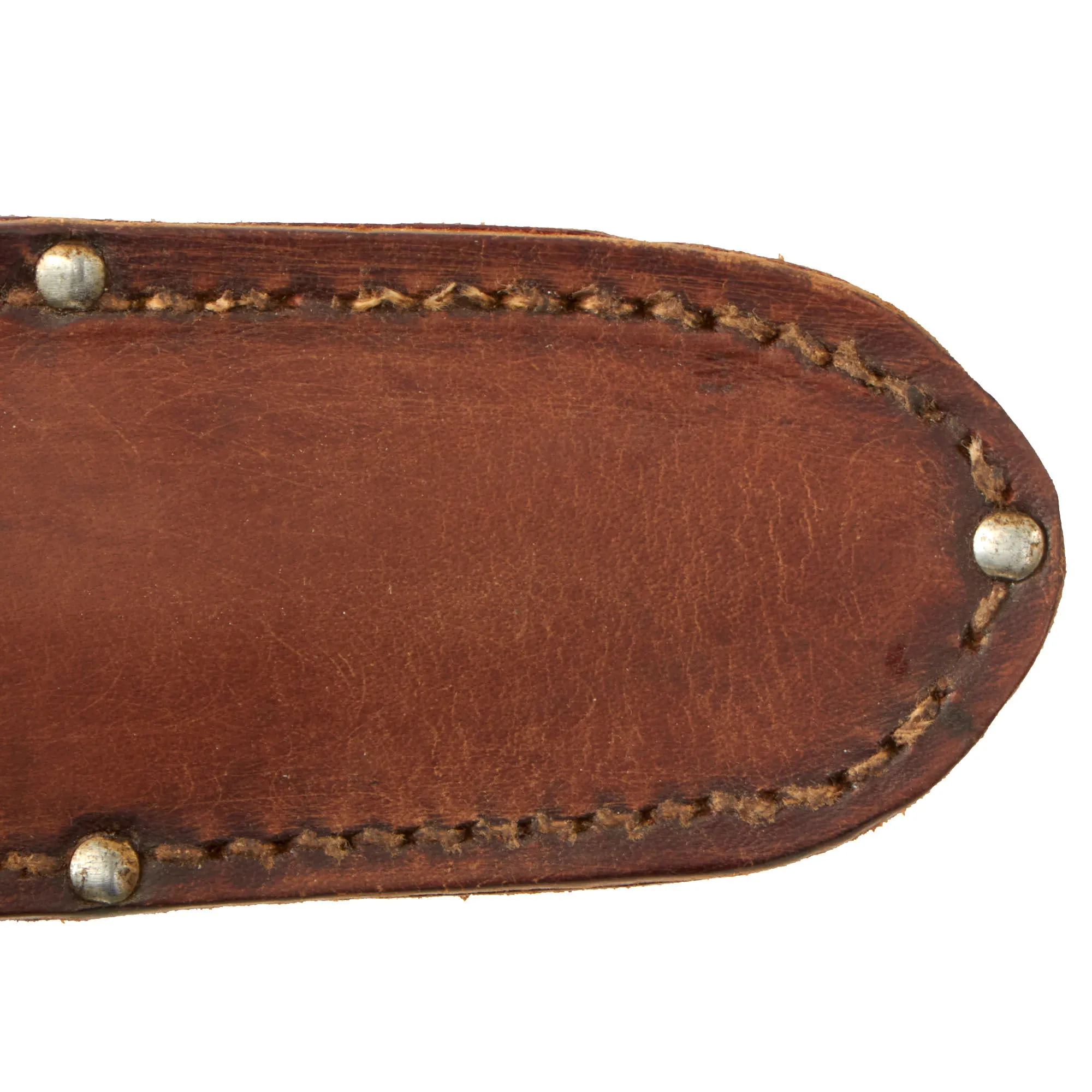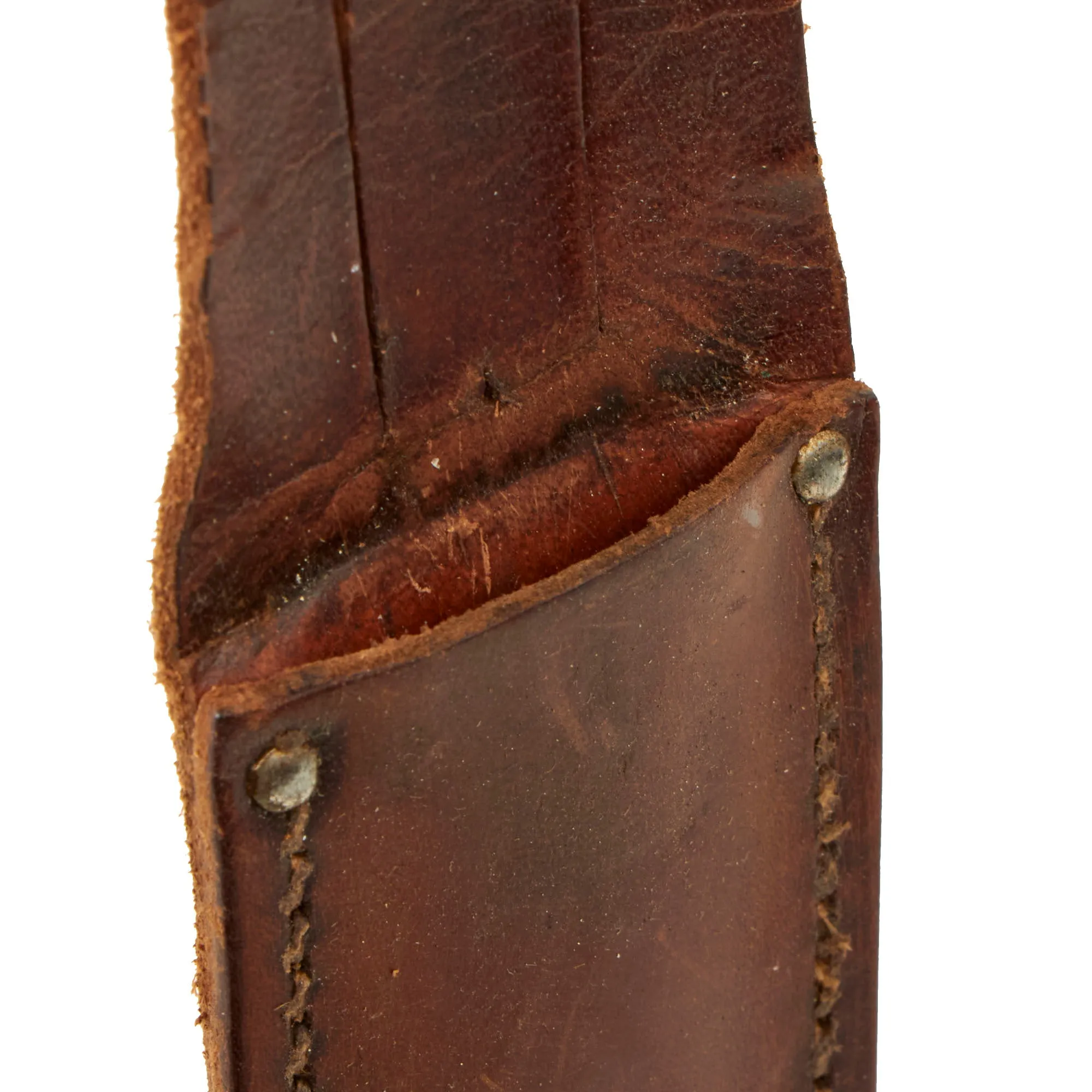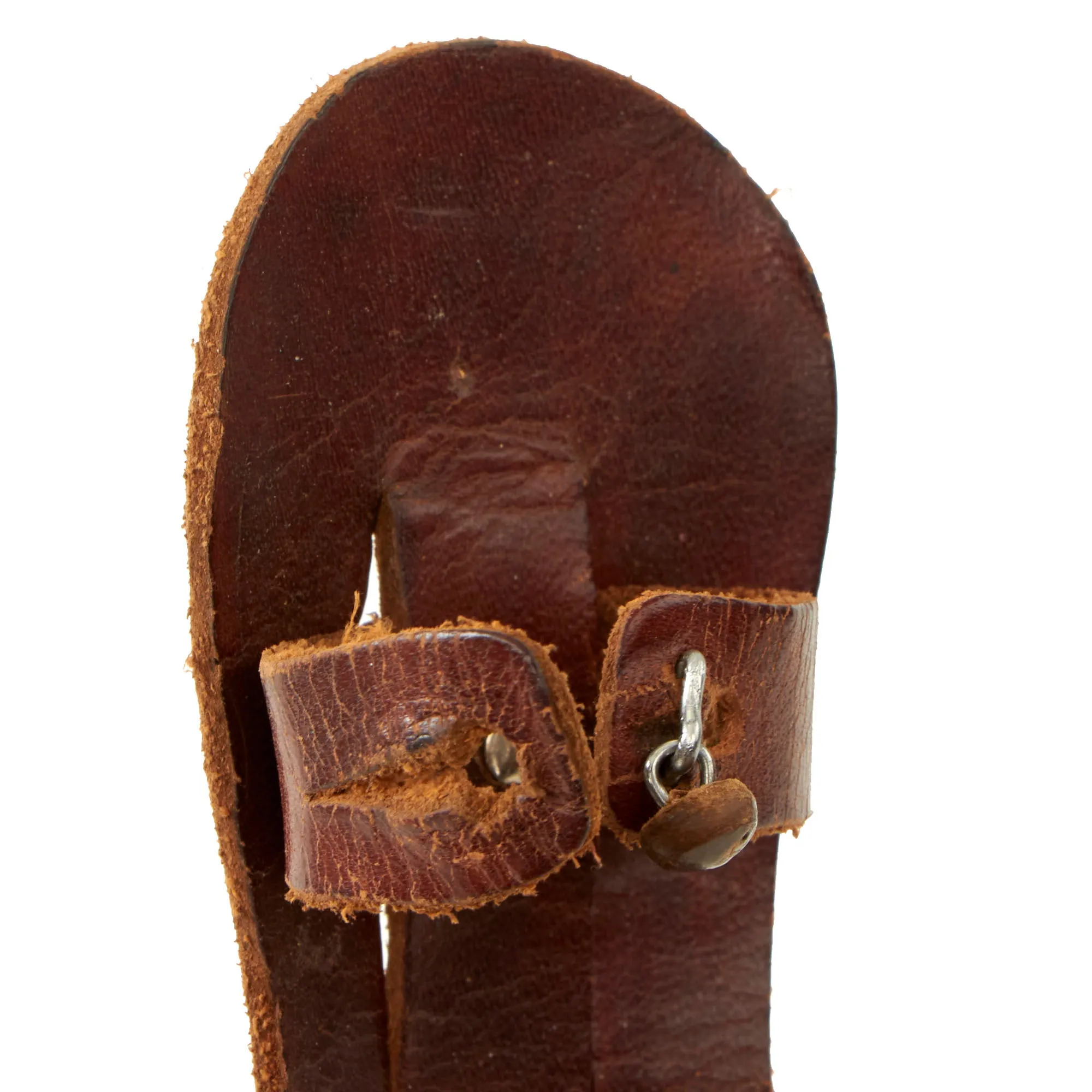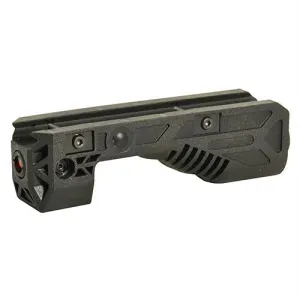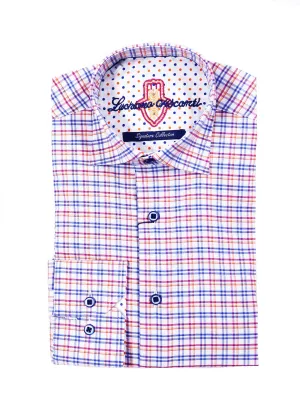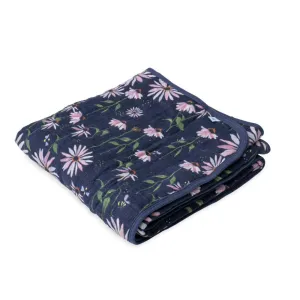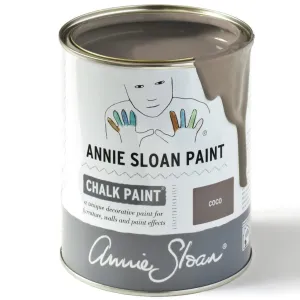Original Item: Only One Available. Upon first glance, this knife appeared to be just a “commercial” knife made from leftover M3 parts. However, upon closer inspection, we were amazed to discover that it is actually a rare M3 fighting knife variant, complete with a straight crossguard, which is a deviation from the usual forward bent crossguard. The knife was produced during the later stages of the war, and we are uncertain whether it is an official model 3 or considered a 4. Regardless, it is an authentic and stunning example of a late-war M3 Fighting Knife that was produced for only a short time. Its rarity and unique features make it a noteworthy item for any collector or enthusiast of military memorabilia.
This particular knife is a testament to superior craftsmanship and quality, as it is a late production model from the renowned CASE Cutlery. The maker's information is stamped directly on the guard, indicating the knife's late war production.
The blade is a stunning 6 5/8 inch spear point, which is not only sleek in design but also exceptionally durable. The blade is in impeccable condition and has retained all of its original finish, except for the area where the original factory edge was added.
The knife's condition is truly remarkable, as there is only minimal wear present, making it a rare find indeed. The knife is in near 'New Old Stock' condition, which means that it looks as if it has never been used or handled before. The knife is a testament to the quality and attention to detail that goes into making each CASE knife, and it is sure to be a prized possession for any collector or knife enthusiast.
The knife’s handle and stacked leather grip are in exceptional condition, free from any significant damage or cracks. The handle stands out from the usual "grooved" style and has a smooth texture. The crossguard remains straight and in its correct form, without any forward bend at the top for the thumb. Although the pommel lacks the U.S. "Flaming Bomb" ordnance proof mark, which might have been removed when it was sold on the public market, it still possesses the correct peened flat tang. Overall, the item is a well-preserved piece with all its essential parts intact and in excellent condition.
The scabbard leather of this knife sheath has a beautiful gently aged brown color, with slight cracks and no significant staining, giving it a lovely rustic look. All of the rivets that hold the scabbard body together are still intact, indicating that the sheath is durable and long-lasting. The sheath and the knife seem to have been paired together for a long time, making them a perfect match in terms of functionality and aesthetics.
However, the only “issue” with the sheath is the retaining strap on the belt loop. The snap buttons appear to have been removed, if there were any, which makes it less secure. But, instead of snap buttons, a simple wood-like bead on a swivel is used as a securing mechanism, which attaches into the slit on the other side of the strap. Although this may not be the most secure way of carrying a knife, it allows for a quick draw feature if the user needs to access the knife quickly in an emergency situation. Overall, this knife sheath is a great addition to any collection and would make a wonderful accessory for any outdoor enthusiast.
A fantastic example of a late issue guard marked M3 knife from one of the most desirable makers, complete with original scabbard. Ready to add to your WWII edged weapon collection!
Dimensions:
Blade length: 6 5/8”
Overall length: 11 5/8”
Crossguard: 2 1/4”
Scabbard length: 13 1/4"
History of the M3 Fighting Knife
The M3 fighting knife or M3 trench knife was an American military combat knife first issued in March 1943. The M3 was originally designated for issue to soldiers not otherwise equipped with a bayonet. However, it was particularly designed for use by elite or 'shock' forces in need of a close-combat knife such as airborne troops and Army Rangers, and these units received priority for the M3 at the start of production. As more M3 knives became available in 1943 and 1944, the knife was issued to other soldiers such as Army Air Corps crewmen and soldiers not otherwise equipped with a bayonet, including soldiers issued the M1 Carbine or submachine gun.
The M3 was manufactured by a number of U.S. knife and cutlery manufacturers during the war. Manufacturers known to have made the M3 under wartime contract include the Aerial Cutlery Co., W. R. Case & Sons Cutlery Co., Imperial Knife Co., PAL Cutlery Co., Camillus Cutlery Co., Robeson (ShurEdge) Cutlery Co., Kinfolks Inc., Utica Cutlery Co., and H. Boker & Co.
The M3 was developed as a replacement for the World War I-era U.S. Mark I trench knife, primarily to conserve strategic metal resources. The prototype for what would become the M3 was evaluated in December 1942 by the civilian board of directors of the Smaller War Plants Corporation Board (SWPC) against another competing design, the US Marine Corps' 1219C2 fighting utility knife. However, while the specified priority steel supplies for both knives were available, the M3's lower production cost compared to that of the 1219C2 convinced the SWPC board of directors to approve the M3 prototype for quantity production.
Though the M3 had competed with the USMC 1219C2 for approval by the Army, the M3, unlike the Marine Corps knife, was not a dual-purpose weapon designed for both close combat (fighting knife) and general use (utility knife). As the U.S. Catalog of Standard Ordnance Items of 1943 clearly explained:
The Trench Knife M3 has been developed to fill the need in modern warfare for hand-to-hand fighting. While designated for issue to soldiers not armed with the bayonet, it was especially designed for such shock units as parachute troops and rangers.
The M3 was first issued to U.S. Army soldiers in March 1943, with the first knives going to elite units such as airborne troops and the U.S. Army Rangers. Despite ordnance descriptions of the knife as being designed for hand-to-hand warfare, the M3 did not receive universal praise as a close-quarters fighting knife upon issue to combat units. While the knife itself was generally well-made and balanced (some paratroopers and rangers mastered the art of using the M3 as a throwing knife), the long narrow dagger-like steel blade, designed to economize on priority steel requirements, was best used as a thrusting or stabbing weapon, and performed less well when used for slashing strokes. Reports of blade failures on M3s in service increased as soldiers began to use their trench knives for ordinary utility tasks such as opening ammo crates and food ration tins, a role for which the M3 had not been designed. Some soldiers also found the M3's cutting edge to be difficult to maintain in the field. As issued, the blade's secondary or false edge was intentionally sharpened and beveled for only a portion of its length, leaving an unsharpened spine on the top of the blade in an effort to stiffen the relatively narrow blade. This limited the usefulness of the M3 when employed for backhand slashing strokes. The M3 replaced the OSS dagger in service in 1944.
After U.S. Army ordnance began developing a proprietary bayonet for use on the M1 carbine, it was realized that the new carbine bayonet, which already incorporated the M3 blade design and leather-wrap grip, could also replace the M3 in service in a secondary role as a fighting knife. The carbine bayonet, now designated the Bayonet, U.S. M4, was added to the Company Table of Organization in June 1944, and the M3 was declared to be a limited standard ordnance item, with supplies to be issued until exhausted. Nevertheless the final M3 production run did not take place until August 1944, by which time 2,590,247 M3 trench knives had been produced.
At termination of production in August 1944, the M3 trench knife had one of the shortest production and service records of any U.S. combat knife. However, the M3's blade design continued in U.S. military service in the form of the U.S. M4, M5, M6, and M7 bayonets.





